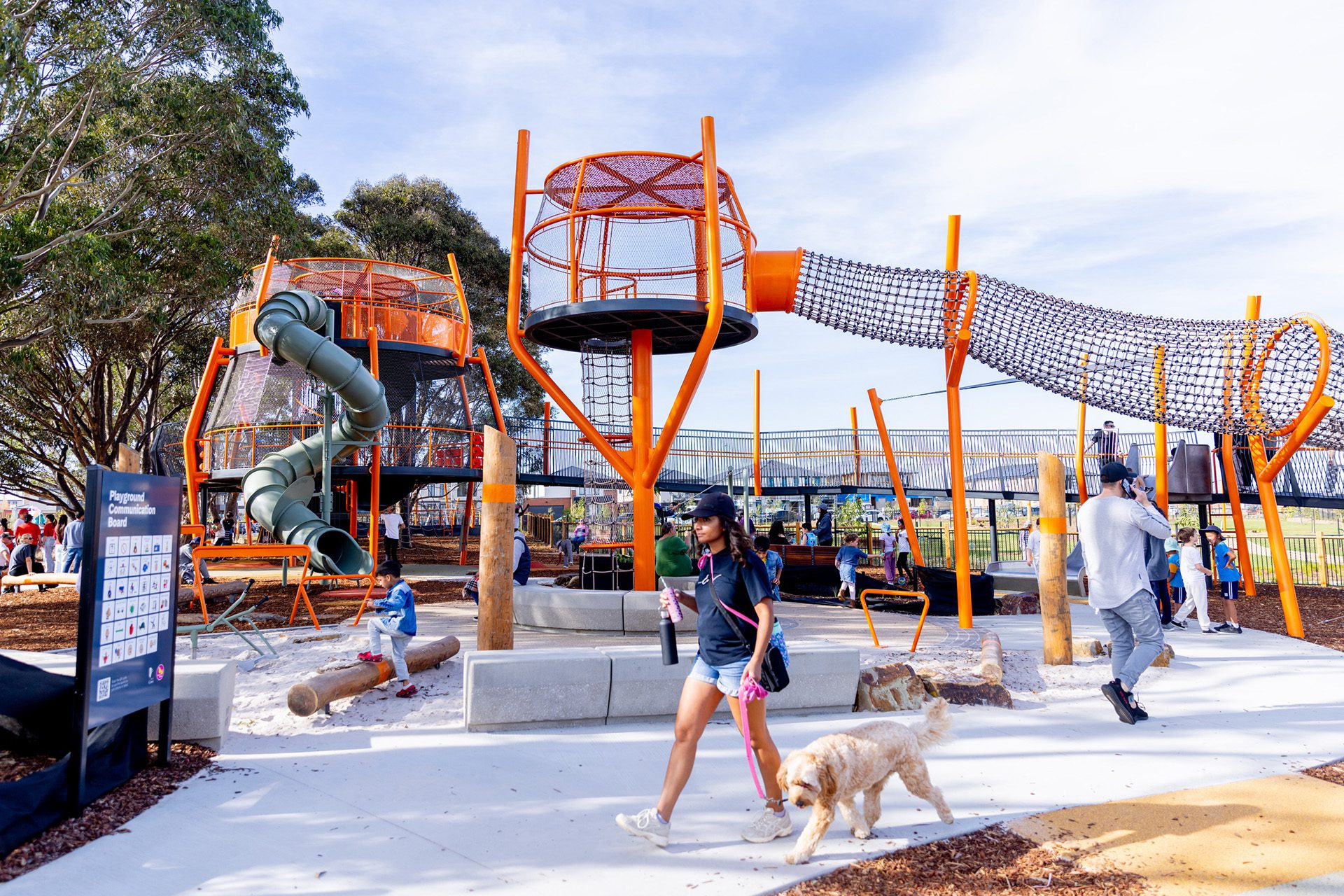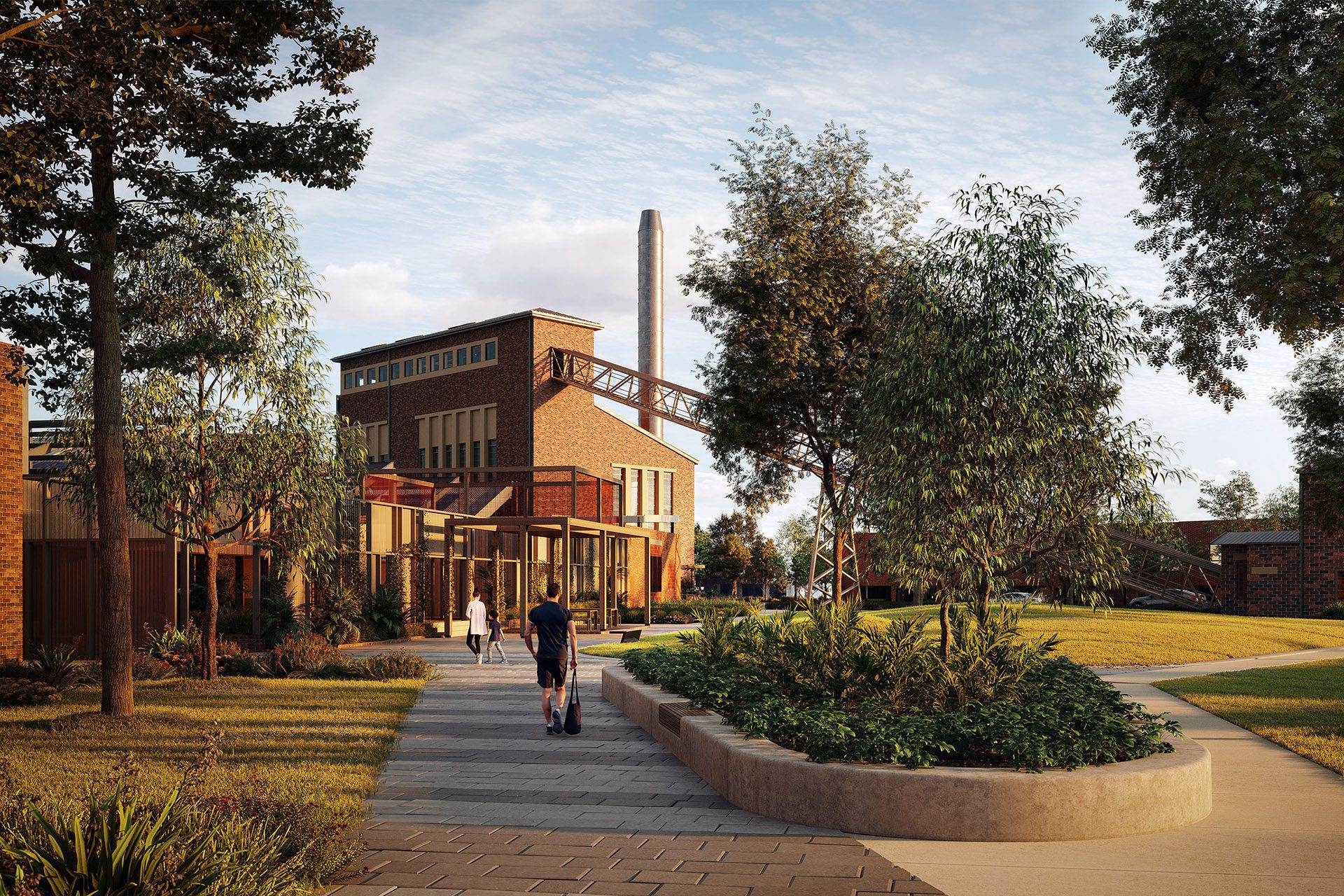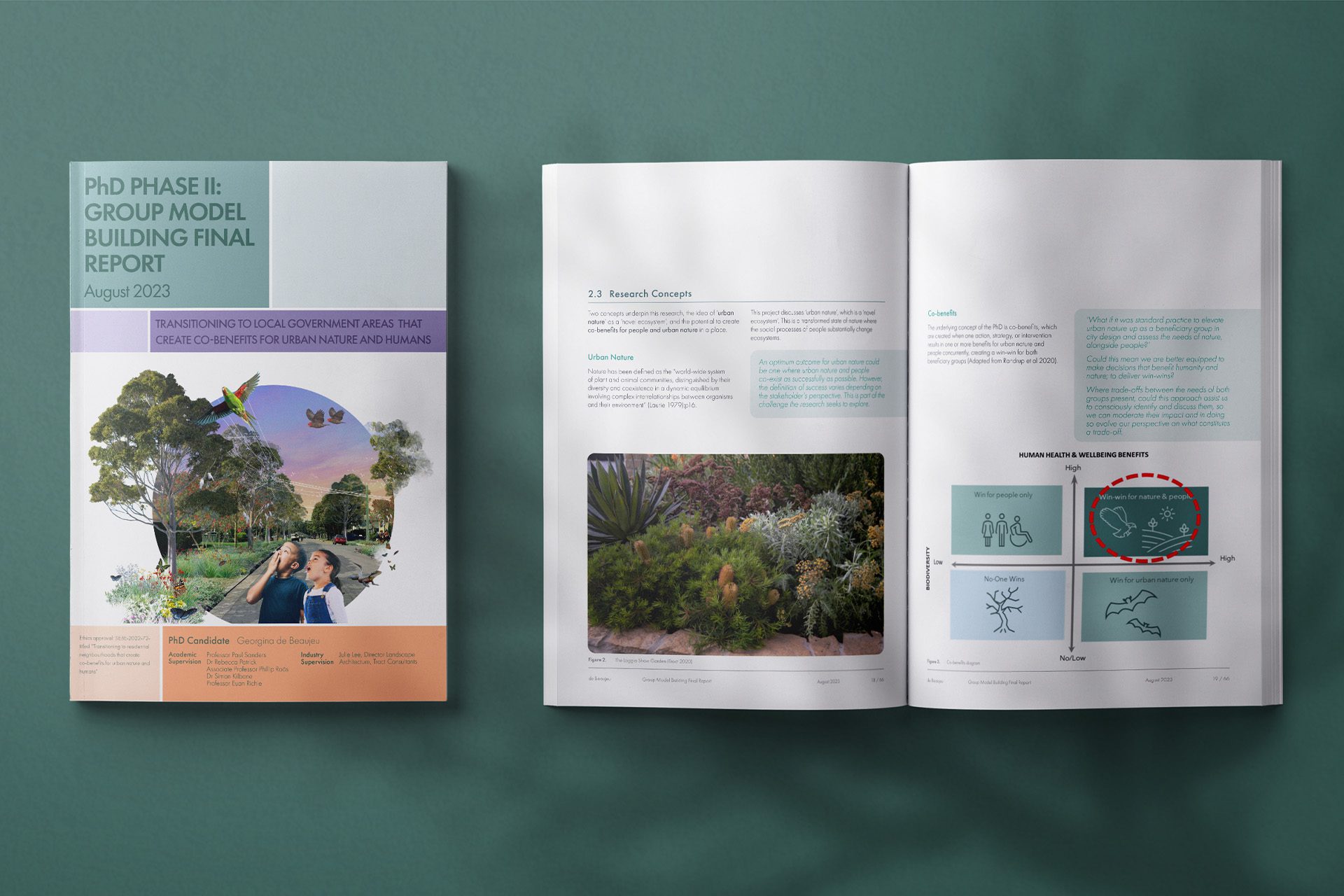Client
Penrith City Council
Overview
Collaborators
Deakin University
Disciplines
Landscape Architecture
Location
Penrith LGA, NSW
Date
2023
Imagery
Tract
Awards
2024 AILA Award of Excellence – Research, Policy and Communications (NSW)

There is increasing recognition of the need to urgently address biodiversity loss in urban areas, for the survival of species, human health, and fostering connections with nature.
Tract’s research explores opportunities for enhancing biodiversity alongside human liveability in established suburbs though co-benefit creation, which delivers positive outcomes for both humans and nature. It also explores how this approach can become more widespread.
The idea is simple. Could seeking win-wins for people and urban nature in city design be one way to improve biodiversity, human-nature connection, and human liveability in urban areas? Not much is known about the concept, how to physically apply it and why this type of thinking isn’t the norm. This ground breaking research addresses that gap through innovative thinking and council and community engagement.

The research was designed to offer valuable insights and benefits in three key phases:
1. Understand the conceptual potential for creating co-benefits (Site Analysis Report)
By identifying factors supporting both urban nature and human wellbeing, the research laid the groundwork for enhancing living conditions in neighbourhoods.
The research defined factors promoting healthy daily living conditions for both urban nature and people, cataloguing aligning factors into a typology of co-benefits. It developed and applied a site analysis process to identify areas where these co-benefit types may occur, which underwent peer review by ten discipline experts from local and state government.
2. Examine the potential of the current social-ecological system to create co-benefits (Group Model Building Report)
Through collaborative workshops and expert input, the research identified ways to improve biodiversity in Penrith. By addressing barriers and leveraging enablers, the findings offer pathways to strengthen ecological resilience and community well-being.
We gathered fifteen local experts for a Group Model Building workshop across three sessions, aiming to create a common understanding of the challenges, barriers and enablers for improving biodiversity in the area. Eleven council staff members, two NSW State Government representatives and two independent landscape industry experts attended. Two community interviews were also held.
3. Understand the potential to mainstream the philosophy and practice of co-benefit creation in city design
We defined pathways to mainstream co-benefit creation for nature and people by reviewing sustainability transitions literature and the Phase 1 and 2 findings.
As a result the study provides a roadmap for integrating co-benefit creation into city planning practices. This approach not only promotes biodiversity and human-nature connections but also enhances the overall liveability of urban areas.

This research, based on Penrith, provides valuable insight into how to raise the profile of urban nature in the area, and intervention points to advocate for biodiversity. While focused on Penrith, the recommendations can benefit other policymakers, practitioners and community groups aiming to enhance biodiversity and human-nature connections while improving community liveability.


Key findings include:
- Peer reviewers found the concept and approach valid and useful
- Positive biodiversity outcomes require intentional disruption of the system to raise the profile of biodiversity and foster win-wins
- Nature should be considered a beneficiary in city design, with planning for people and nature occurring simultaneously
- Introducing the term ’biodiversity infrastructure’, alongside green infrastructure may focus attention on nature’s needs
- A collective of change agents is needed in Penrith to drive these ideas forward and encourage leadership
- The collective may start by defining targeted narratives for change around Penrith, conducting pilots, experiments and demonstrations to dispel myths, and fostering transformative learning across council around biodiversity.
Various council representatives took part in phase one and two offering insight, opportunity and potential pathways forward. Penrith City Council embraced the opportunity and noted initial benefits from their involvement:
“The process assisted Council by bringing together a group of internal staff from varied disciples and departments to discuss the concept of co-benefits for urban nature, and biodiversity more generally. It has stimulated conversations around what could reasonably be achieved, what needs to happen, and where to start.”
Council also recognised an opportunity to incorporate these ideas into community engagement efforts, which could encourage residents to get on-board with a pilot project. This would give valuable experience in shifting resident focus from their own needs to also considering the needs of nature.

Findings from this research supports a broad range of organisations, authorities and government agencies with implementing projects where shade improvement and heat reduction will be a direct result.
All three Co-Benefit types acknowledge increased shade, reduced heat and improved habitat conditions as a key positive factor, plus importantly identifying improving the growing and thriving conditions for successful vegetation to support a habitat.
With the benefit being a win-win for humans and nature, while being focused on existing residential areas within Penrith LGA, recommendations and key learnings for implementation are applicable to many other organisations seeking to make significant improvements to shade improvements.



